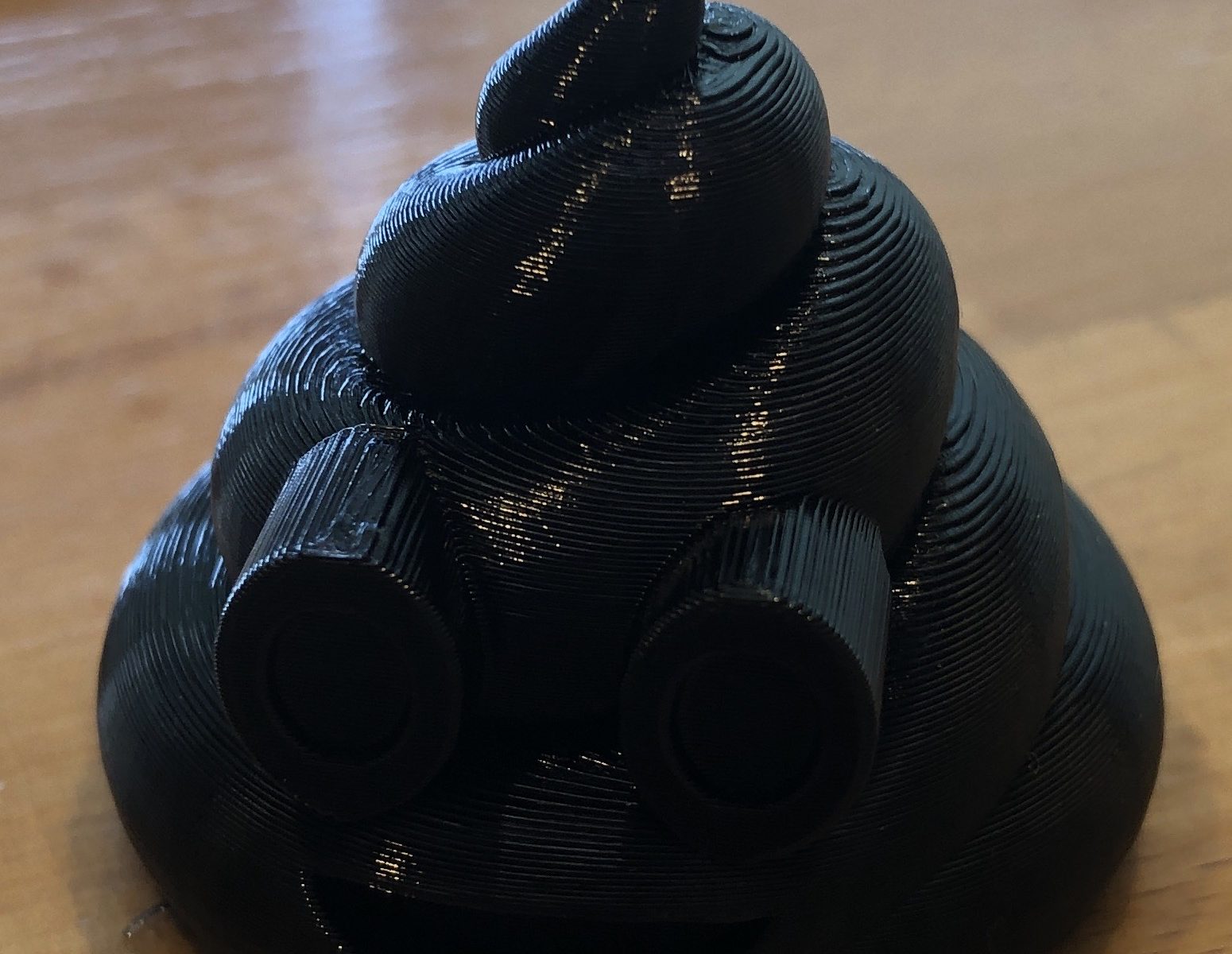Through my short journey with 3D printing, I’ve spent a lot of time reading through the 3D Printing SubReddit and something that I found interesting was people talking about printing using flexible filament (TPU). While I didn’t have a real use for printing squishy things, I was curious. A few weeks ago, I purchased a roll of SainSmart Flexible TPU filament to see if I could print.
The forums and other references indicated that printing flexible filament was difficult because pushing the filament through the printer was like pushing a wet noodle! Some people had said that they printed with the stock printer, others said that for best results they modified the printer into a direct drive system. I was up for the challenge!
Before I started, I had already made the following modifications to my printer:
- Replaced the extruder with an all metal one
Replaced the Bowden feed tube with a Capricorn one. The basic gist behind this change was that the tighter tolerances on the tubing doesn’t allow the filament to wiggle around and bunch up. In addition, when switching filaments, I don’t have to purge as much filament as very little gets stuck in the tube.
Added a filament guide that I printed. This should create a smoother path for the filament.
Added a filament runout sensor with guide. The main goal with this modification was to be notified when filament runs out so I can change it during a print. It also really helps feed the filament (with the flexible filament, I have to push down the microswitch to feed it).
Added a filament holder with bearings. This took awhile to print, but has been great. On my first flexible print, I noticed the extruder was having trouble pulling the filament because the roll wasn’t spinning freely. I helped things along, but realized that reducing friction would be a big help.
Leveled the bed manually and with the BLTouch.
Other than that, I’m using the stock magnetic bed that I cleaned.
My Cura settings are pretty straightforward.
For the TPU material settings, I used:
- Print temperature: 215°C
- Build plate temperature: 50°C
Profile settings:
- Infill density: 10% (I was printing something squishy)
- Print Speed: 20 mm/s (I’m going to try increasing this as things worked well)
- Regular Fan Speed: 0%
- Regular Fan Speed at Layer: 1
- Material Flow: 110%
- Enable Retraction: Off
That’s really all there was to my settings. Since I’m sometimes not the most adult person, I thought it would be funny to print a Poop Emoji for my son. It was squishy (10% infill) and I printed it at 50% of the original size keeping the print time to about 2 hours. My son absolutely loved the print. I was amazed at the print as I did it on the first try with my cold printer.
I’m going to keep experimenting with TPU and try to figure out what else I can print. I have no need for flexible filament, but why not print more stuff!
